Travel trailers are beloved by road trip and RV life enthusiasts for their convenience and flexibility. All you need is a vehicle with the right towing capacity, and you can pull your home-away-from-home behind you wherever your adventures take you.
There is one drawback though that many first time travel trailer users often struggle with: finding the correct hitch height. The travel trailer will have an adjustable hitch receiver, but the hitch height on your towing vehicle will be fixed. You need to ensure they both line up properly before securing the hitch, and it is definitely not a process where anyone should try to “wing it”.
Fortunately, there is a simple and effective method for determining proper hitch height, and there are several extra steps you can take to ensure your travel trailer or camper is secure and properly hitched to your towing vehicle. Here’s what you need to do:
Step One: Measure & Compare Hitch and Receiver Heights
Let’s start with the short version of setting the correct hitch height so you know what to expect:
- Measure the distance from the ground to the top lip/edge of the hitch receiver
- Measure from the distance from the ground to the bottom edge of the trailer coupler
- Subtract the height of the receiver from the height of the coupler
- A negative measurement means you need to drop the hitch height, and a positive measurement means you need to raise the hitch height.
This process can be simple if executed properly, but there are steps you need to take prior to measuring to ensure you can get the correct hitch height before hook-up and roll-out.
Begin by parking both the trailer and your tow vehicle on a firm, flat surface. The terrain should be as level as possible to prevent any tilting that will throw off your measurements and hitch height calculations.
Use a measuring tape for each measurement, and record to the nearest quarter inch. Additionally, make adjustments easy on yourself round up to the nearest whole number once you have your differential heights. Whole numbers are always easier to work with, and they won’t make a significant difference in the grand scheme of things.
Last but not least, be aware that your hitch height and receiver height may already be properly configured: it is exceptionally rare, but it does happen.
Step Two: Compensating For Rise/Drop of Ball Mounts
Sometimes when you measure the difference in height between the hitch and receiver, you come up with a significant difference in height. The preinstalled coupler on your travel trailer may not be able to compensate for the difference in height between itself and the tow hitch on your vehicle.
If that’s the case, you may need to consider getting an adjustable towing hitch so you can match up the receiver and hitch height safely. The important part of this step is making sure that you account for the height difference of the ball mount on the tow hitch, too. You may get all your measurements right and still end up with a misaligned trailer that’s difficult to handle because it isn’t level.
Step Three: Avoiding Risks and Ensuring Your Hitch is Properly Secured
Why is it so important to hook your travel trailer up correctly? Let me give you a few examples of what can go wrong:
Setting A Hitch Too Low
A hitch that’s set too low puts significant pressure on the back bumper of the towing vehicle, potentially leading to damage to the body. Moreover, the front wheels possess less traction and can create steering and control problems.
Setting a Hitch Too High
Setting the hitch too high tilts the trailer backwards, throwing off both the towing profile and the weight distribution. All the carefully packed belongings and furniture in the trailer are going to get thrown everywhere with this towing scenario. More importantly, trailers that are hitched too high are also more susceptible to catching wind gusts and swaying. Experienced RV and camper owners will tell you there is nothing more dangerous than sway when you are pulling a travel trailer, and it often results in serious accidents on the road.
Bottom line, get your towing setup level before you head out on the road. Your safety and the safety of those around you depends on it.
Step Four: Connecting Your Properly Aligned Hitch and Receiver
Got your receiver and hitch matched up? Good job! Now it’s time to hook everything up:
- Line up the towing vehicle with the travel trailer and make sure the ground around the receiver is clear of debris.
- Chock the wheels of your travel trailer to make sure it doesn’t go anywhere while you are connecting the hitch and receiver.
- Use the trailer jack to raise the tongue/coupler to match the height of the ball hitch. You want it just high enough that the ball can fit under the tongue without them touching or scraping.
- Slowly back your towing vehicle up to the trailer hitch. Always use a spotter if you can. Believing “I’ve got this” and that you can do it alone is an excellent way to put dents in your vehicle or tear the paint up.
- Once you’re lined up, park the vehicle and go to the tow hitch. Open the coupler latch, then use the crank on the trailer to lower the receiver onto the ball hitch so they fit together securely.
- Close up the coupler latch and pop the hitch pin into place. This will prevent the latch from coming loose on its own.
- Connect any electrical connectors for brake lights and safety chains as needed.
- Take a quick test drive to make sure the hitch is secure and that nothing breaks or snaps.
You are now ready for your next adventure.
FAQ’S
Should a travel trailer be level when towing?
Trailers must be level when being towed to improve ground clearance, stability, and braking performance. To gain good towing characteristics, with fewer sways and uneven tire wear, a trailer should be level. If a trailer level is not possible the next best option is to have the trailer nose down a little.
Can tow a trailer damage a transmission?
Your truck’s transmission can be put under stress by towing. The components will suffer serious damage if the fluid levels are insufficient. Additionally, unbalanced weight distribution can cause damage to your truck.
Once you have mastered leveling a trailer hitch, it will become like second nature to you. More importantly, unless you change vehicles or trailers you won’t necessarily need to adjust the height again. Make sure you determine the proper hitch height and set everything up correctly the first time. It’s an important part of keeping you and your loved ones safe on your travel trailer adventures.

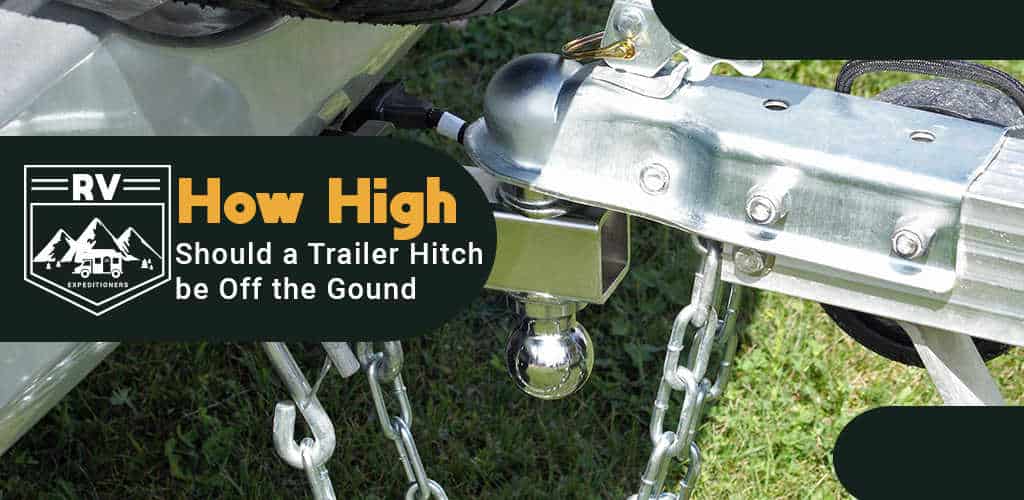

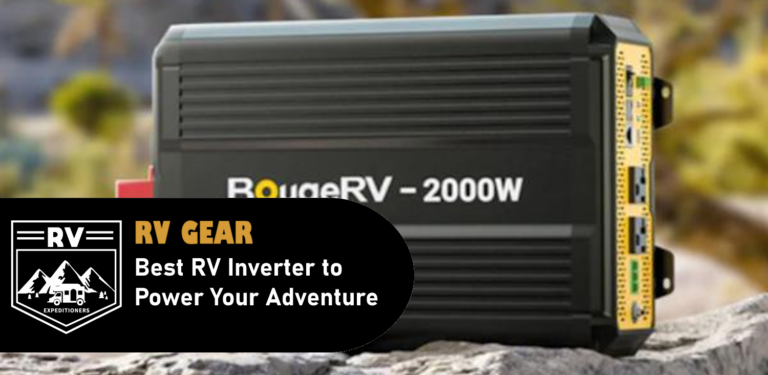
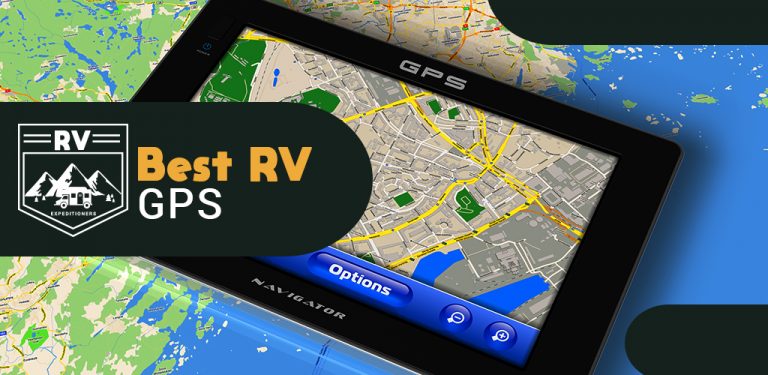
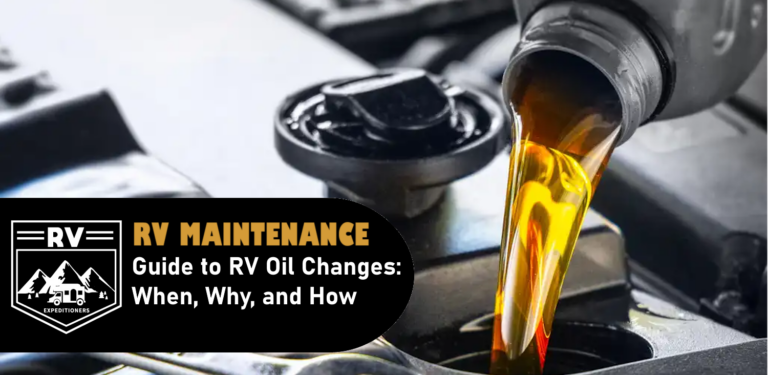

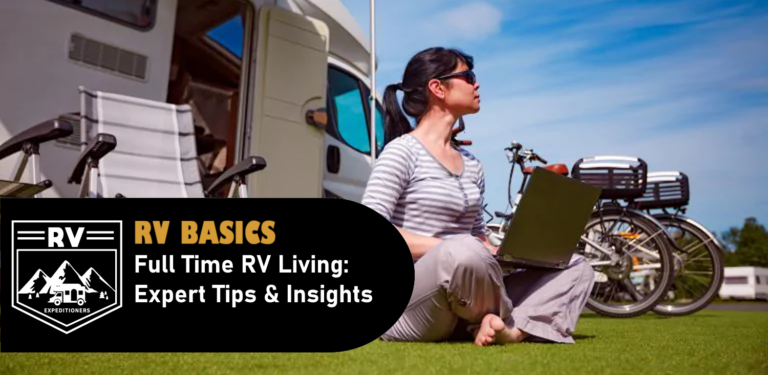

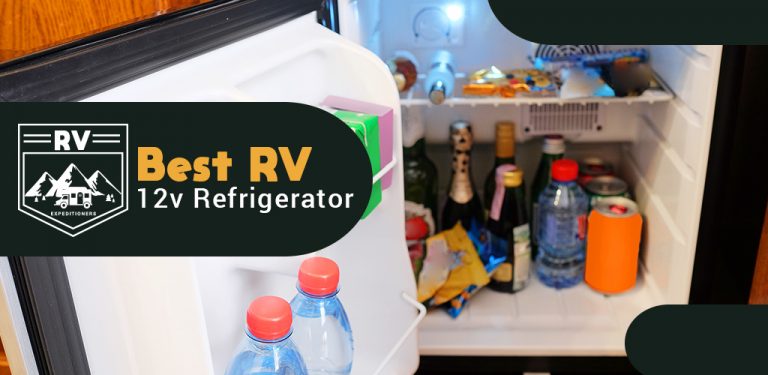

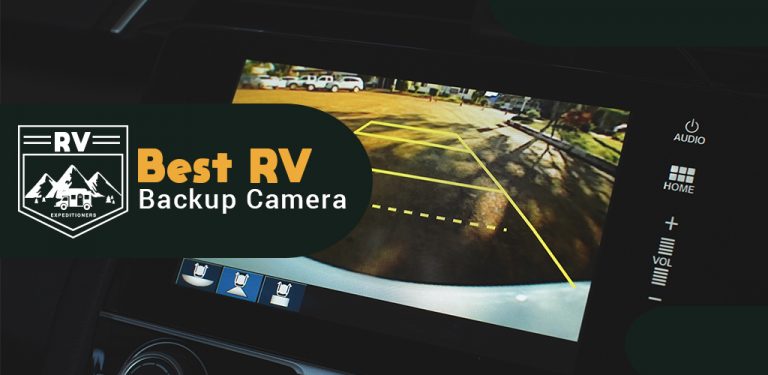
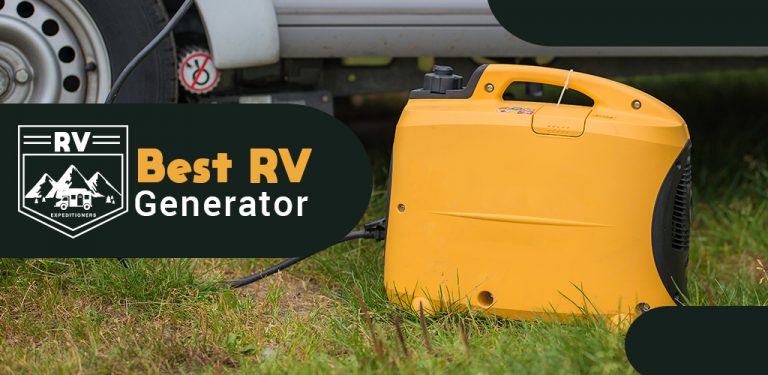
0 Comments